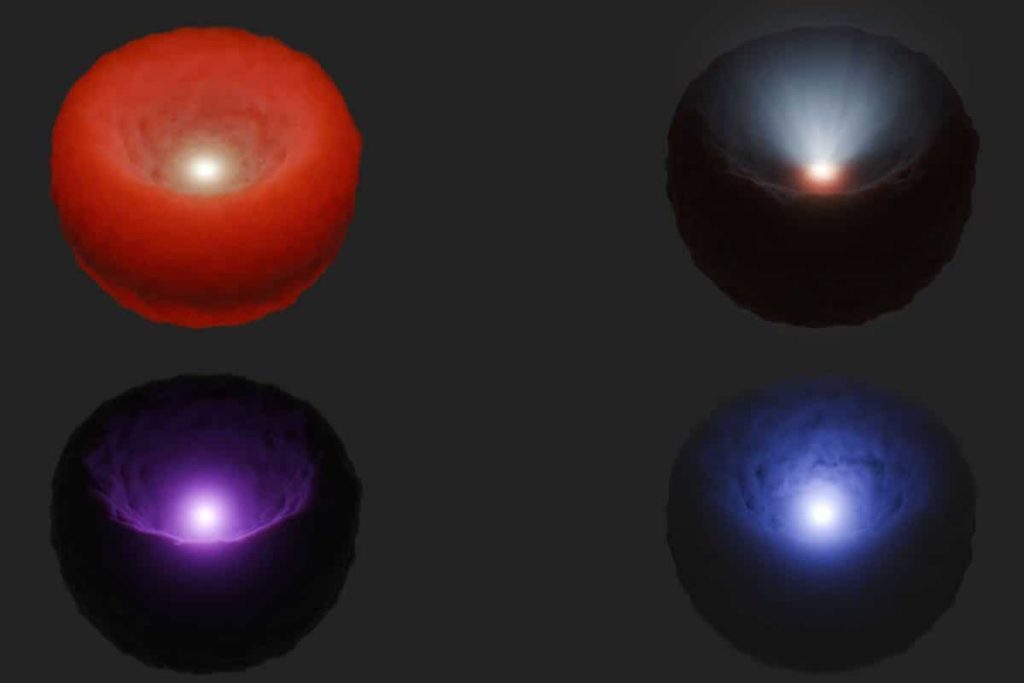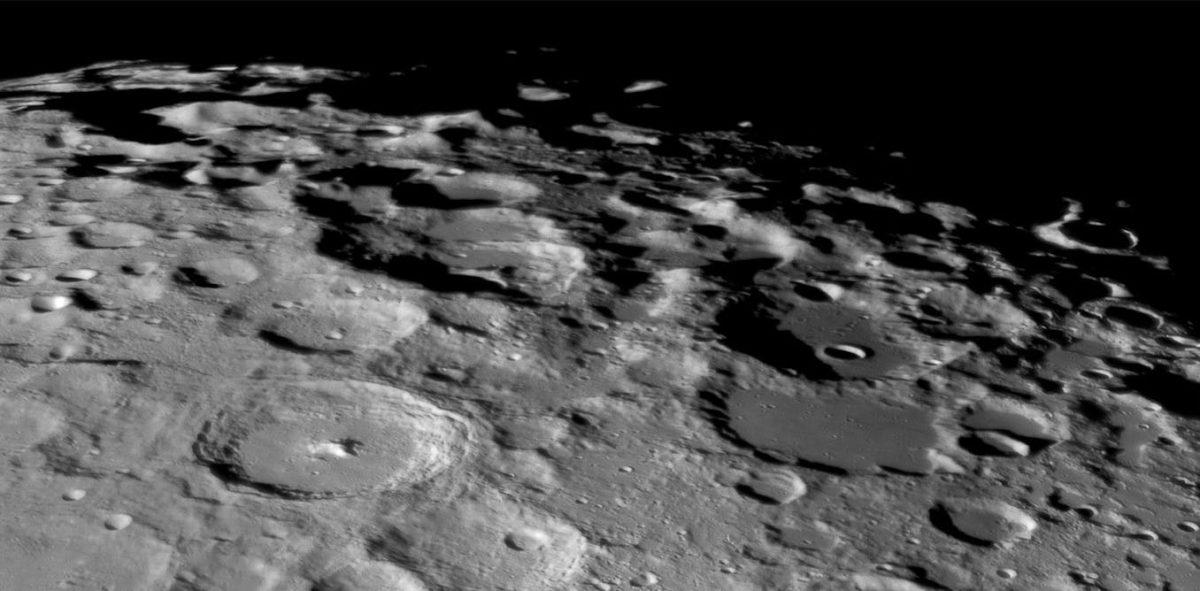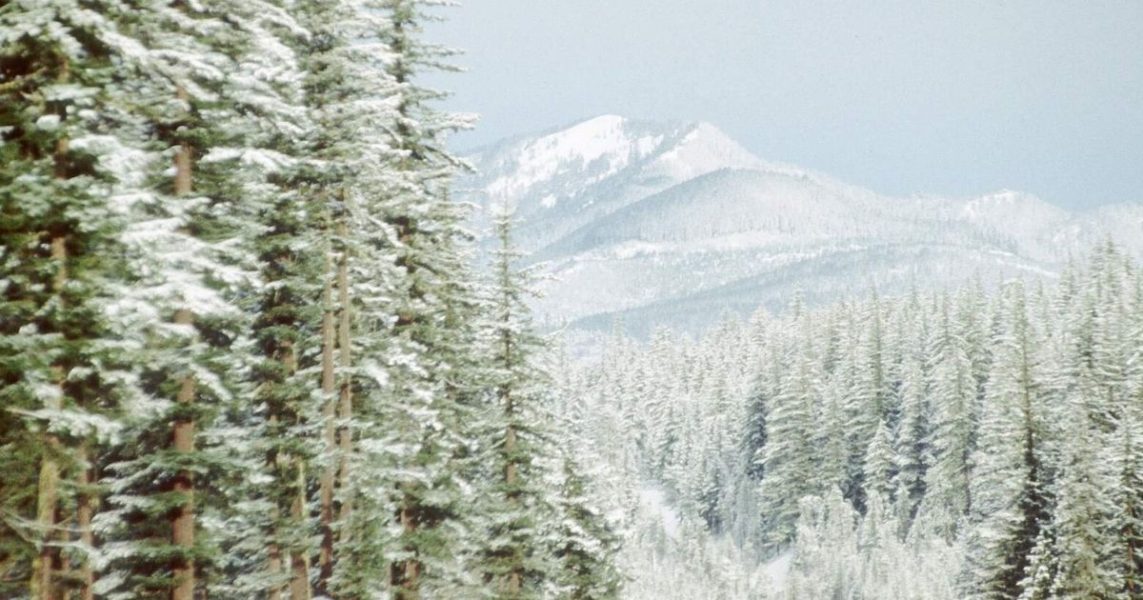Astronomers Find Hundreds of ‘Hidden’ Black Holes — And There May Be Billions or Even Trillions More – The Daily Galaxy –Great Discoveries Channel

Astronomers have made a groundbreaking discovery: hundreds of elusive supermassive black holes hidden behind dense clouds of gas and dust. These cosmic giants, invisible to traditional telescopes, are rewriting what we know about the universe’s most mysterious objects. But how did scientists uncover these celestial secrets, and what could this mean for our understanding of galaxies and their evolution? Astronomers have recently uncovered hundreds of previously unknown supermassive black holes hidden in the depths of the universe. These black holes, which are buried behind dense clouds of gas and dust, have long evaded detection. However, new techniques have allowed scientists to peer through the cosmic fog, revealing the existence of these powerful objects. Astonishingly, there could be billions or even trillions of similar black holes still waiting to be discovered.Black holes are some of the most mysterious and intriguing objects in the universe. They are formed when massive stars collapse under their own gravity, creating regions of space where the gravitational pull is so strong that not even light can escape. These objects are incredibly difficult to detect because they do not emit light, making them invisible to traditional telescopes.They are not entirely undetectable. In certain cases, the matter surrounding them, such as gas and dust, is heated to extreme temperatures as it is drawn toward the black hole’s event horizon. This heated material emits radiation, including visible light and X-rays, which can make the black hole detectable. When a black hole devours surrounding matter, it often emits a bright halo of light, making it easier for astronomers to spot.But not all of them exhibit such dramatic features. Some remain hidden, obscured by the very gas and dust that surrounds them. Until recently, it was believed that only a small fraction of supermassive black holes—the largest types of black holes with masses millions or even billions of times that of our sun—remained undetected. A new study published in the Astrophysical Journal has dramatically increased the estimated number of these hidden black holes.The study suggests that nearly 35% of all supermassive black holes could be hidden behind thick clouds of gas and dust. This is a significant increase from previous estimates, which placed the figure at around 15%. The authors of the study even suggest that the true number of hidden black holes could be closer to 50%. These black holes may be lurking at the centers of distant galaxies, where they remain undetected by conventional methods.The reason for this obscurity lies in the nature of these black holes’ surroundings. The gas and dust that envelop these objects are not always hot enough to produce visible light. In many cases, this material is cold and opaque, blocking the light that would normally reveal the black hole’s presence. Furthermore, the angle at which we observe distant galaxies can also prevent us from seeing these hidden giants.Astronomers have found a way to detect these hidden black holes by looking for infrared light. Even though the surrounding gas and dust may block visible light, they still emit infrared radiation. This has allowed researchers to develop a new method for finding black holes that would otherwise be invisible.In the recent study, scientists utilized archival data from NASA’s Infrared Astronomical Satellite (IRAS), which operated from 1983 to 1984. Despite its relatively short mission, IRAS provided valuable data on infrared emissions from across the sky. The researchers also used data from NuSTAR, a NASA X-ray telescope that detects high-energy X-rays produced by the heated material swirling around black holes.By combining data from these instruments, the researchers were able to identify hundreds of potential hidden black holes. They then used ground-based telescopes to further study these objects, ruling out some of the candidates and confirming others. While a few turned out to be galaxies with intense star formation rather than black holes, many others were confirmed to be supermassive black holes obscured by dust and gas.This discovery could have profound implications for our understanding of the universe. Supermassive black holes are thought to be located at the center of most large galaxies, including our own Milky Way. These collapsed stars are not just passive observers in the cosmic drama; they may play a crucial role in shaping the evolution of their host galaxies.One of the key findings of the new study is that these hidden black holes could be involved in regulating the size of their galaxies. For example, scientists believe that if our Milky Way did not have its supermassive black hole, the galaxy could have formed many more stars, potentially altering its structure and appearance. “If we didn’t have a supermassive black hole in our Milky Way galaxy, there might be many more stars in the sky,” explains study co-author Poshak Gandhi, a professor of astrophysics at the University of Southampton in the U.K.Got a reaction? Share your thoughts in the commentsEnjoyed this article? Subscribe to our free newsletter for engaging stories, exclusive content, and the latest news.So, there’s where all that dark matter is hiding.Comment Save my name, email, and website in this browser for the next time I comment.
© 2024 | Daily Galaxy | All rights reserved
Source: https://dailygalaxy.com/2025/01/astronomers-find-hundreds-hidden-black-holes/





